By periodically evaluating your fitness progress through standardised tests, you can ensure that your exercise program is working for you and helping you achieve your goals. In this article, we’ll explore the benefits of testing and retesting during exercise and how it can help you achieve your desired level of fitness.
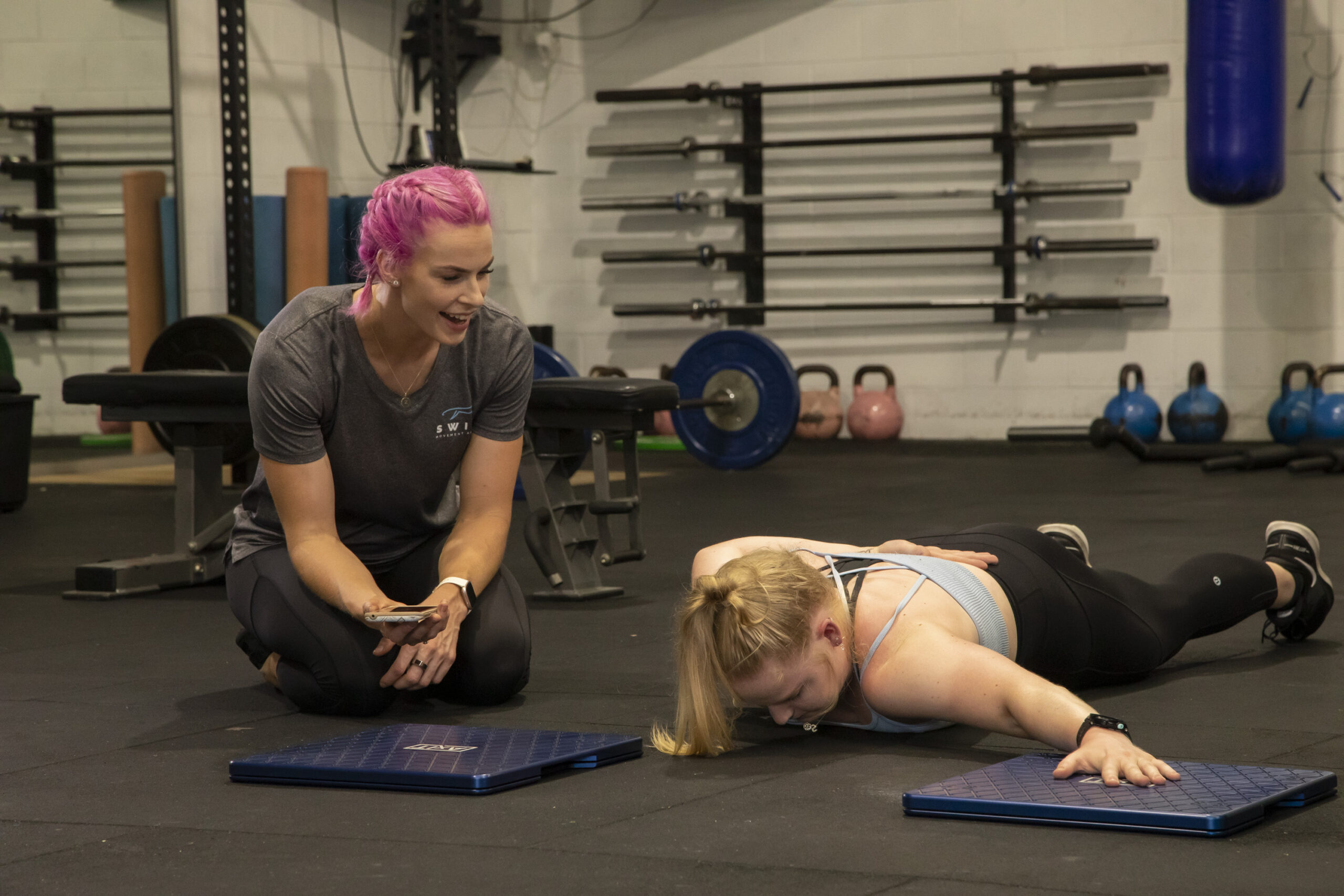
free guide
9 best
mobility
tests
mobility
tests
Defined as being able to move freely and unrestricted, mobility forms the foundation of human movement.
Get started today!
Get your free
Mobility guide
Watch the masterclass
Deep dive into our exclusive content right now! We have plenty of gold nuggets that you can implement as a coach today.
start with a FREE lesson!
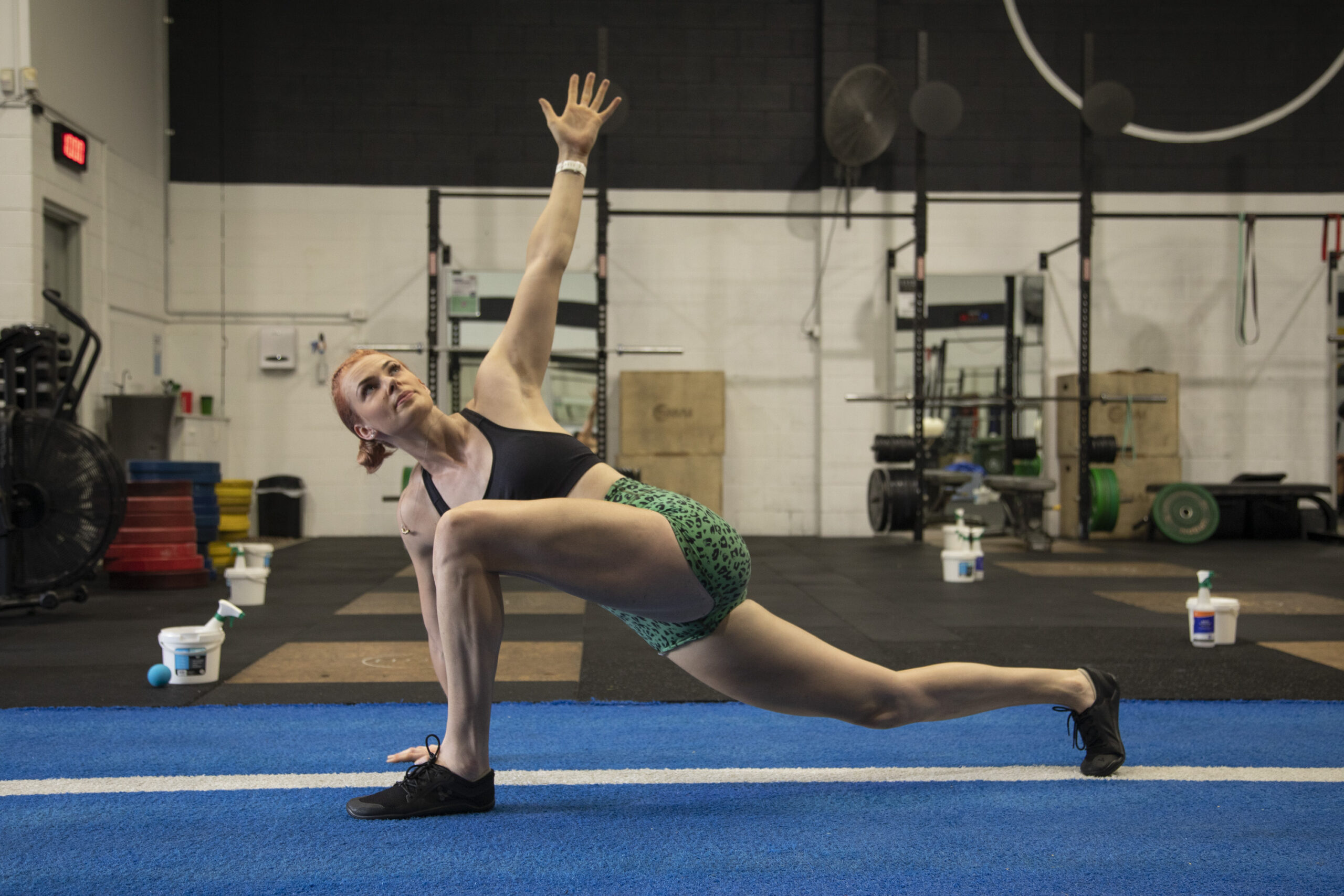
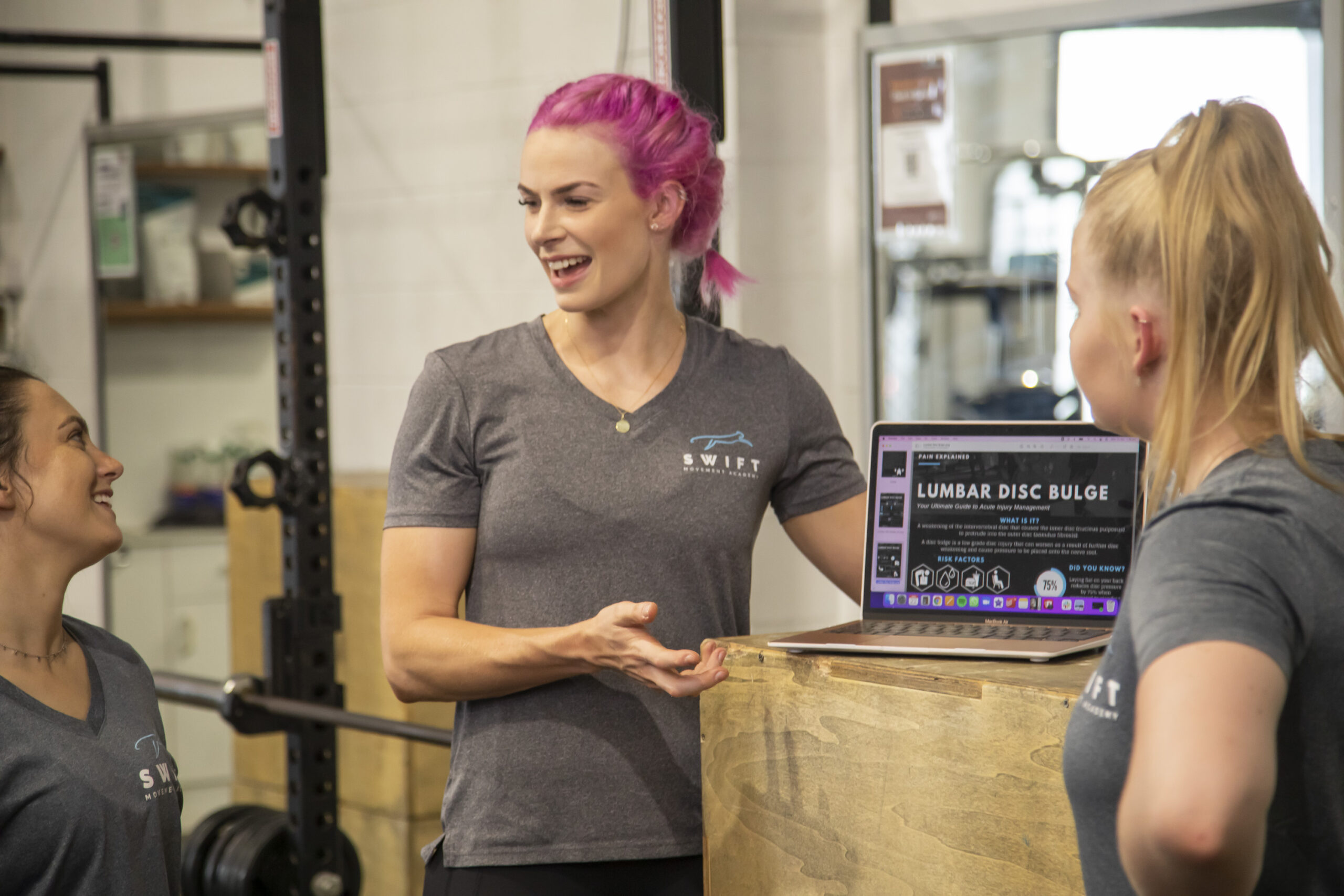
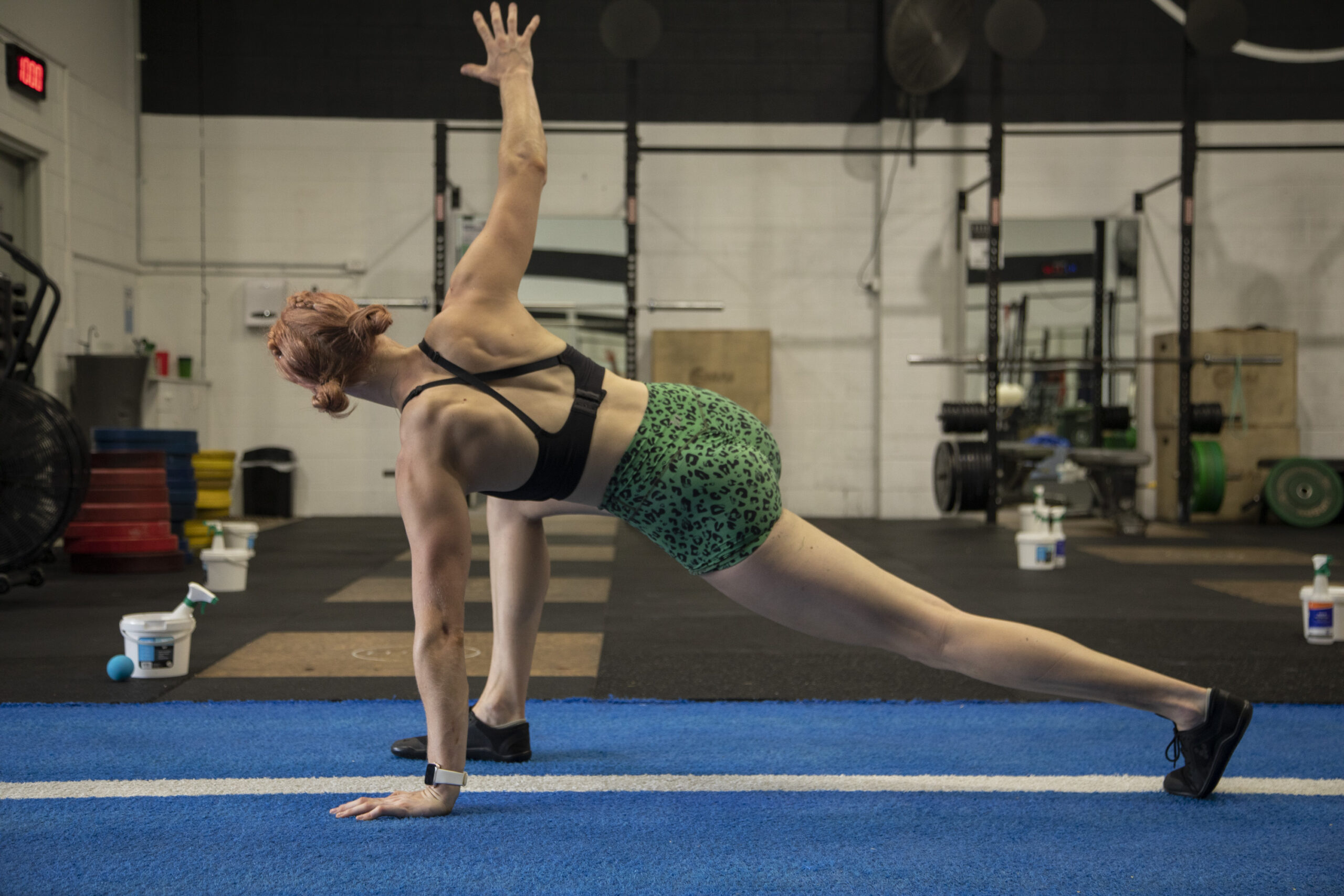

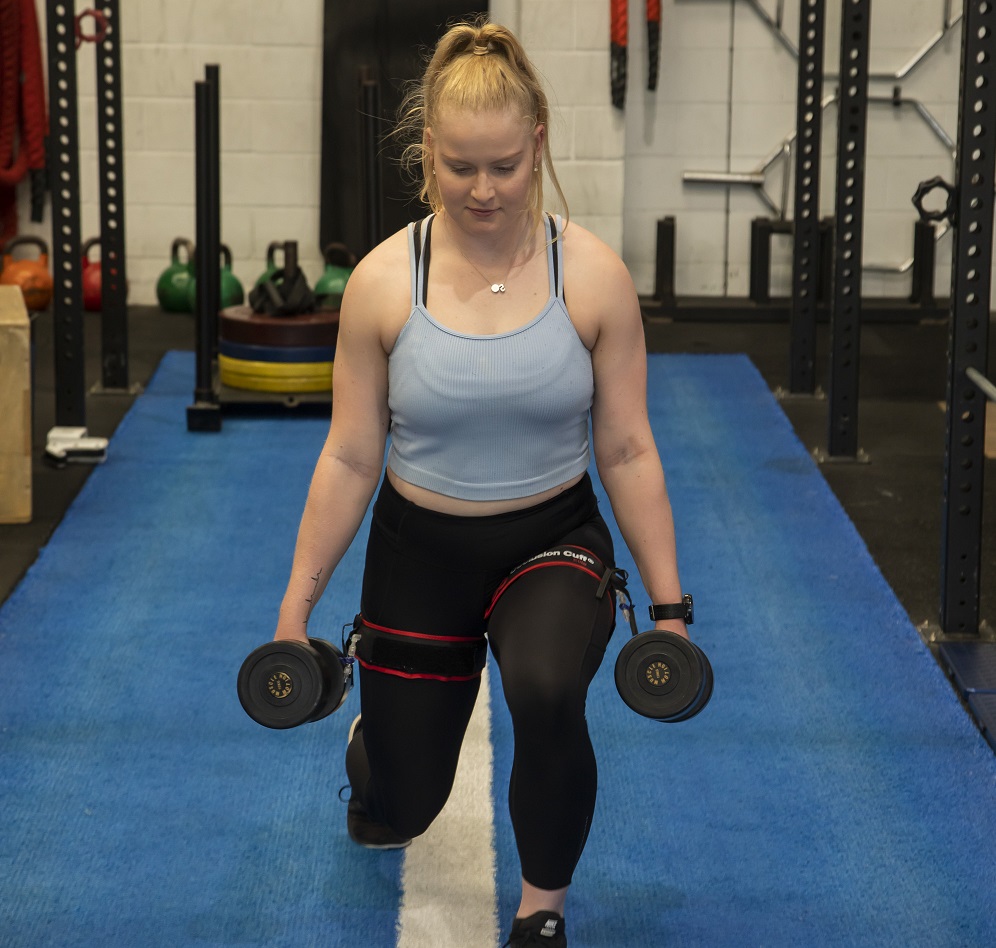

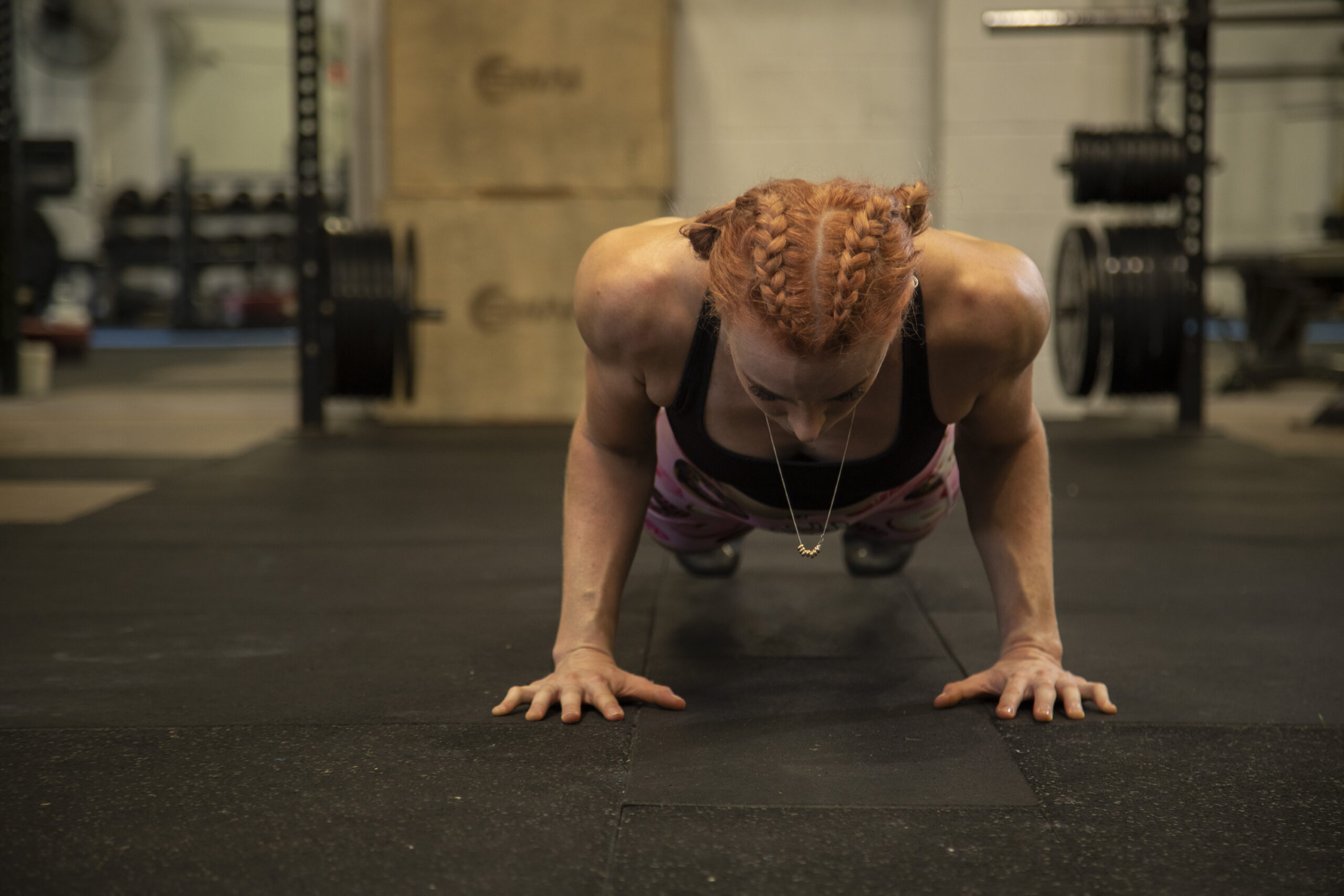
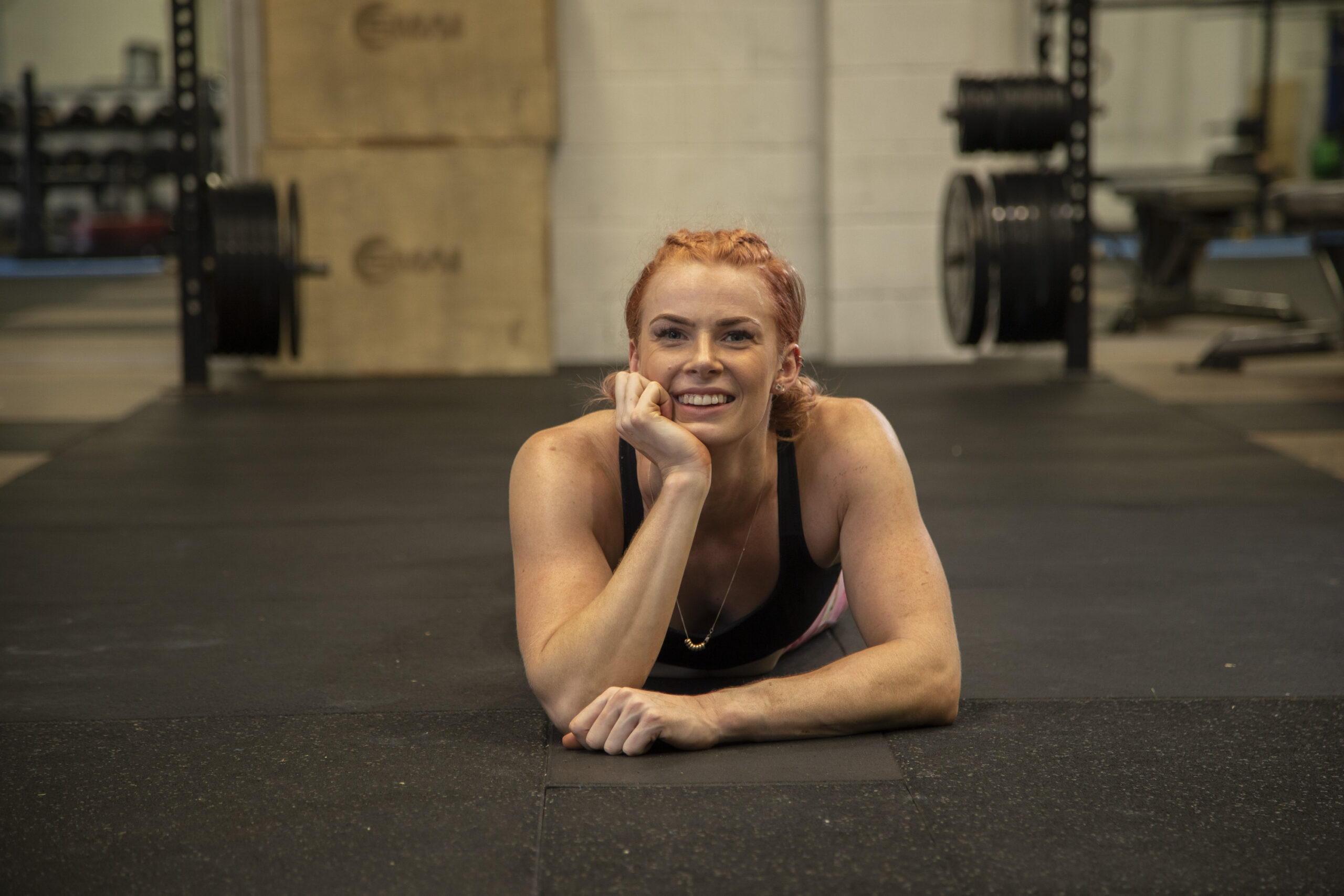
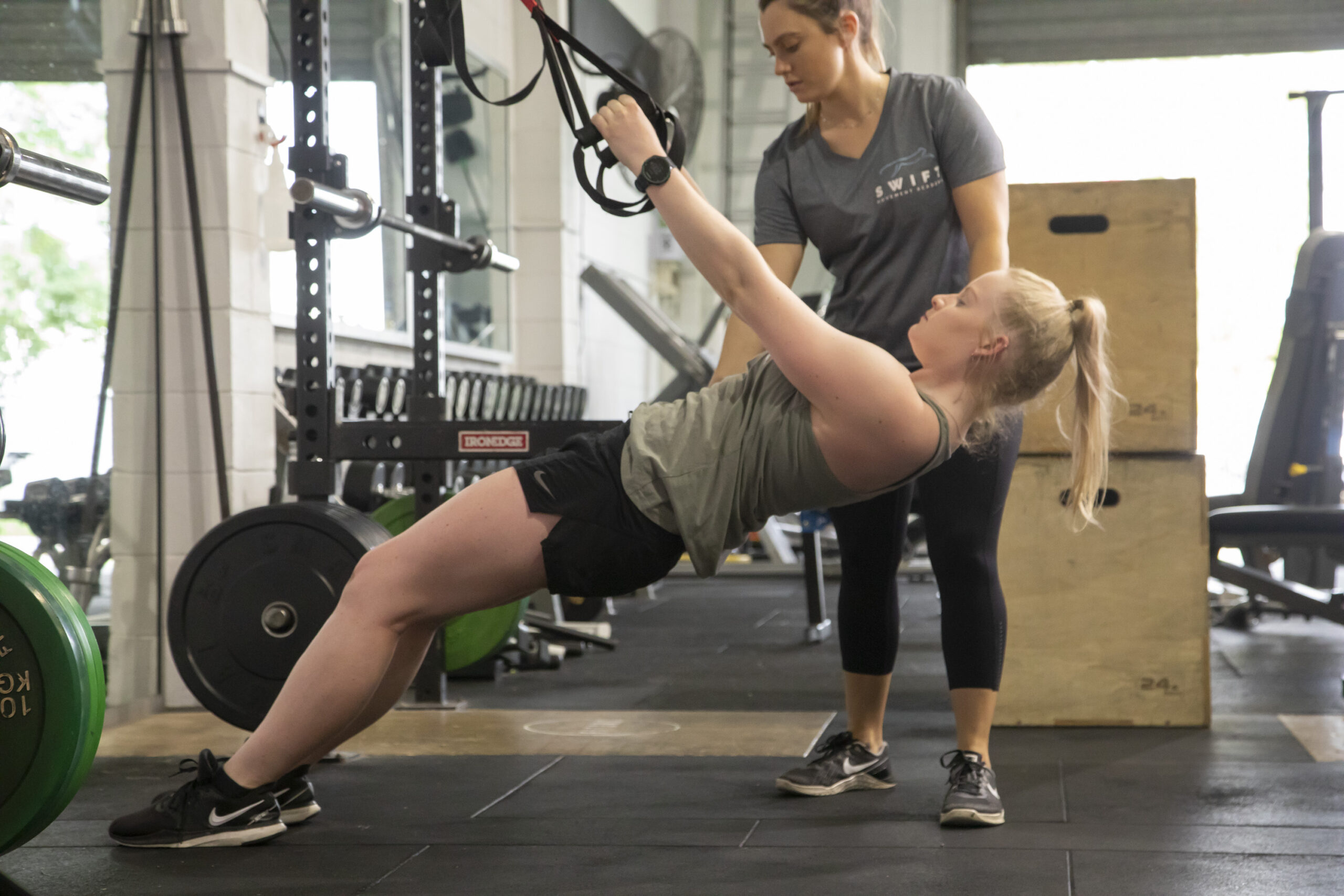
MEET US OVER ON
Instagram